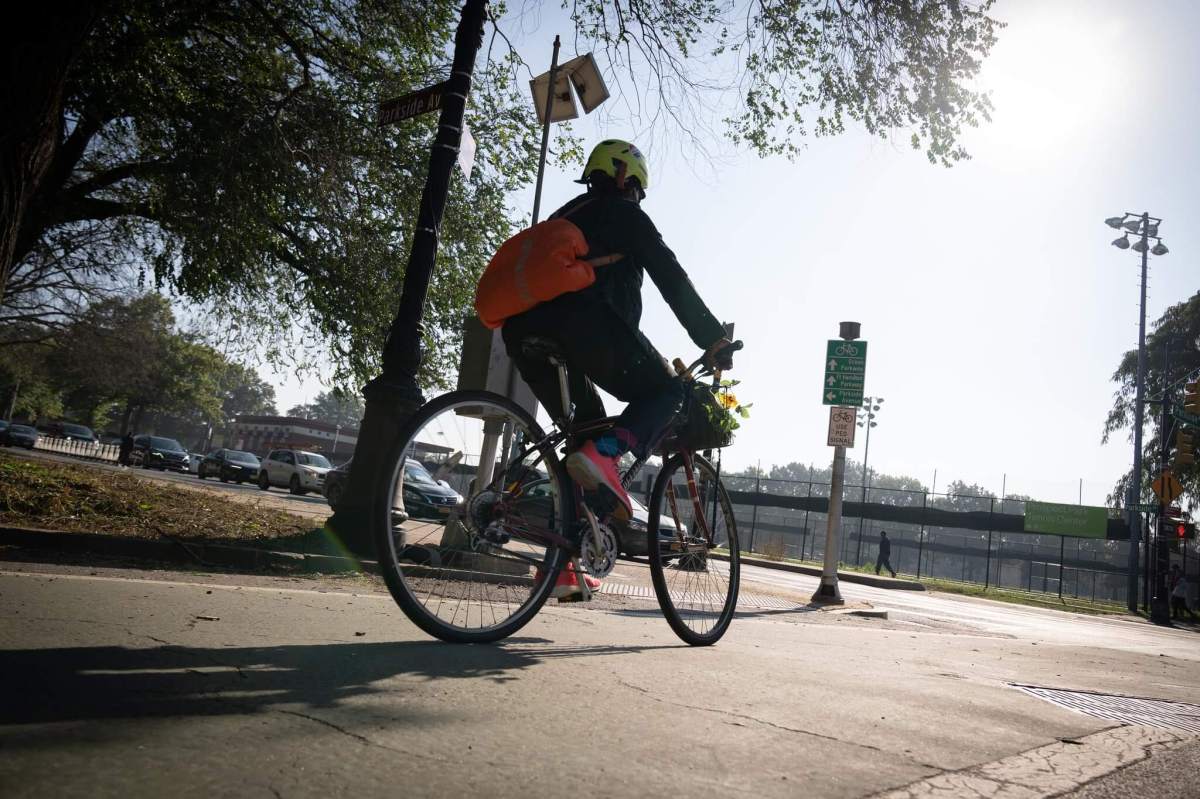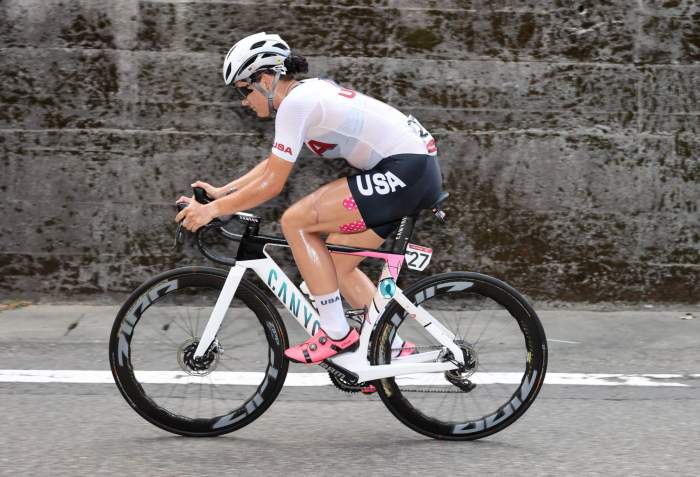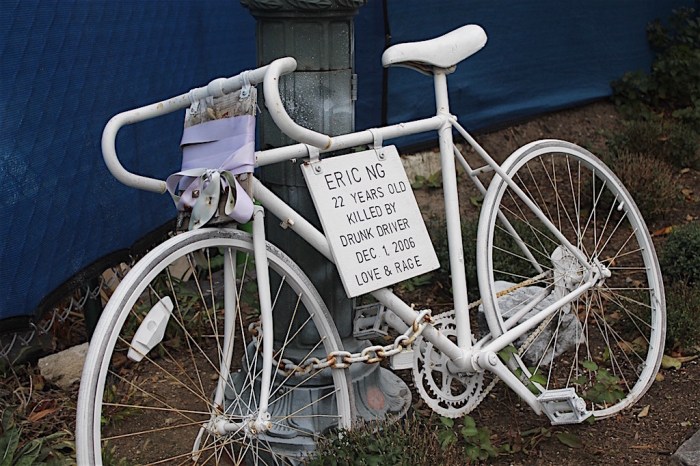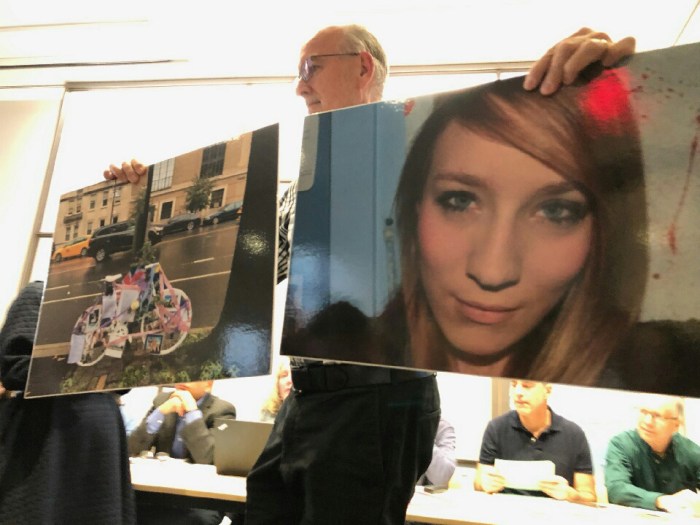The city has kicked off the planning process to build more than 40 miles of new greenways, Mayor Eric Adams announced Thursday, creating new paths and shoring up existing ones for cyclists in the outer boroughs.
Funded with a $7.25 million federal infrastructure grant, the initiative would connect some existing cycling paths, while also adding new ones in areas largely bereft of bicycle infrastructure. Greenways are dedicated paths for cycling, walking, or other modes of travel besides motor vehicles, and unlike conventional bike lanes are often constructed entirely separated from streets.
“When our administration came into office, we promised New Yorkers a five-borough administration,” Hizzoner said in a statement. “And we are taking a 40-mile step to deliver on that promise again today.”
In Brooklyn, the administration envisions connecting the historic greenways on Ocean and Eastern parkways for a continuous, dedicated bike route between Coney Island and the Brooklyn-Queens border at Highland Park. In the Bronx, the city wants to expand the proposed Harlem River Greenway, where planning is already in the works, along the borough’s southern coast all the way to Throgs Neck and open up its waterfront.
A new greenway on Staten Island would connect the Verrazzano-Narrows and Goethals bridges along the north shore, while in southeast Queens, the existing Jamaica Bay Greenway would be extended past JFK Airport, transforming how passengers and employees could get to the aviation hub.
The longest proposal is the 16-mile Queens Waterfront Greenway, which would stretch all the way from Long Island City to Bayside. The planning and engagement process for that greenway will kick off early next year, according to the mayor’s office.
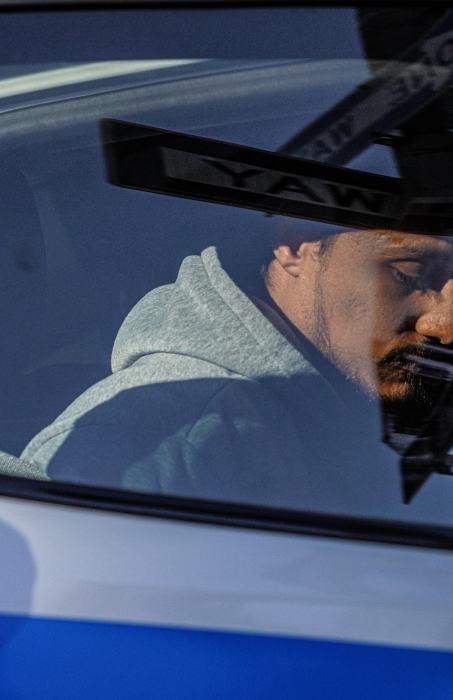
The plan comes amid a boom in urban cycling that started during the COVID-19 pandemic and has continued apace. The city now sees over 550,000 cycling trips each day, according to the US Census Bureau. Last month, Citi Bike — which has been expanding its territory into the outer boroughs — saw average daily ridership that was higher than what was touted as record use just last year.
“Protected and connected bike infrastructure is essential to enabling more New Yorkers to experience bicycling, which connects communities, encourages healthy exercise, and provides emission-free fun,” said Ken Podziba, president of cycling nonprofit Bike New York. “This improvement is another step in the right direction as DOT continues to reimagine our public spaces; it’s no wonder cycling in the city has reached an all-time high.”
The City Council passed a bill last year requiring DOT to compile its first-ever comprehensive master plan for greenways.
Announcing the plan at the inception of the Ocean Parkway greenway on Thursday, the mayor was sure to note that he himself is a cyclist.
“I get around town on my bike as well,” he said. “New Yorkers love cycling, and I do as well.”
The statement of affirmation came the morning after a rally was held at City Hall attended by scores of cyclists, decrying the mayor’s policy approach amid a record-breaking number of fatalities this year for New Yorkers on two wheels. Traffic collisions have claimed the lives of 26 cyclists in New York so far in 2023.
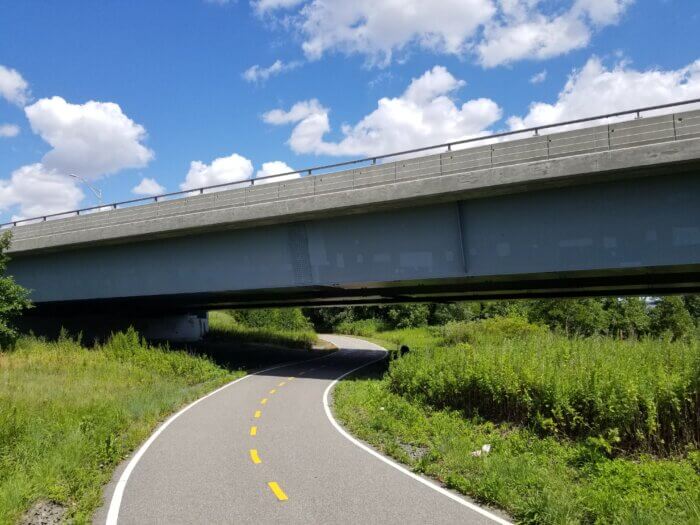
The administration last year failed to meet its legal mandate to build 30 miles of protected bike lanes, and is on track to fail again this year to meet the increased 50-mile threshold, according to advocacy group Transportation Alternatives. The mayor has also faced criticism for interfering in some of DOT’s bike lane projects after complaints by deep-pocketed special interests, some of whom have donated to his campaign.
The “corridors” have been determined but the exact routes of the greenways will be left to be finalized during a community engagement process.
“We can’t reshape communities if we’re not willing to sit down and listen to communities,” said Hizzoner. “You can’t force-feed these on community residents.”
As a result, the greenways will likely not materialize for some time as they wind through the city’s dense land use and community engagement processes.
The city’s existing greenways have been decades in the making, and local politics can make or break them: the Jamaica Bay Greenway is still considered incomplete, decades after it was first proposed and 18 years after the city issued a “Master Plan,” due to a short stretch of unprotected bike path on six-lane Cropsey Avenue near Coney Island.
Read more: MTA Launches Free Bus Service on Five Routes



